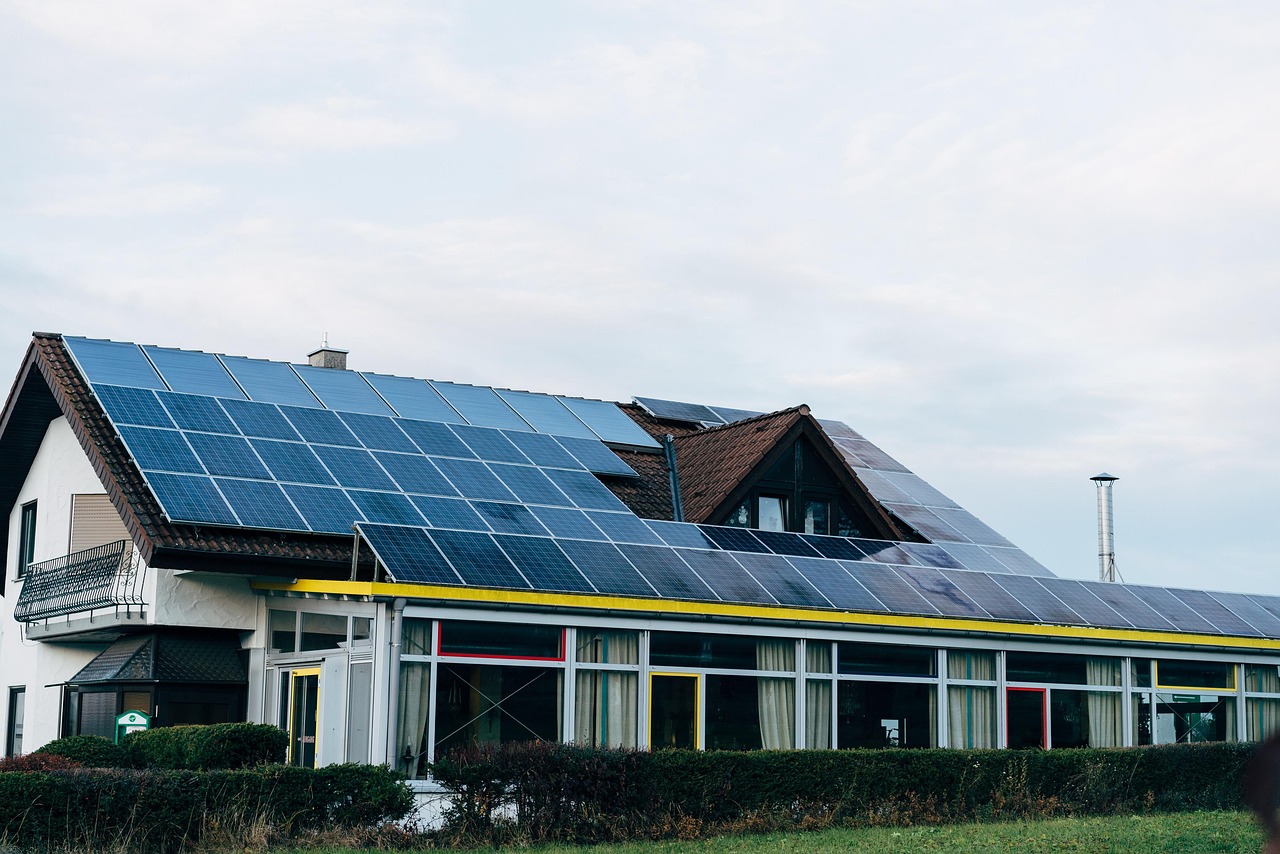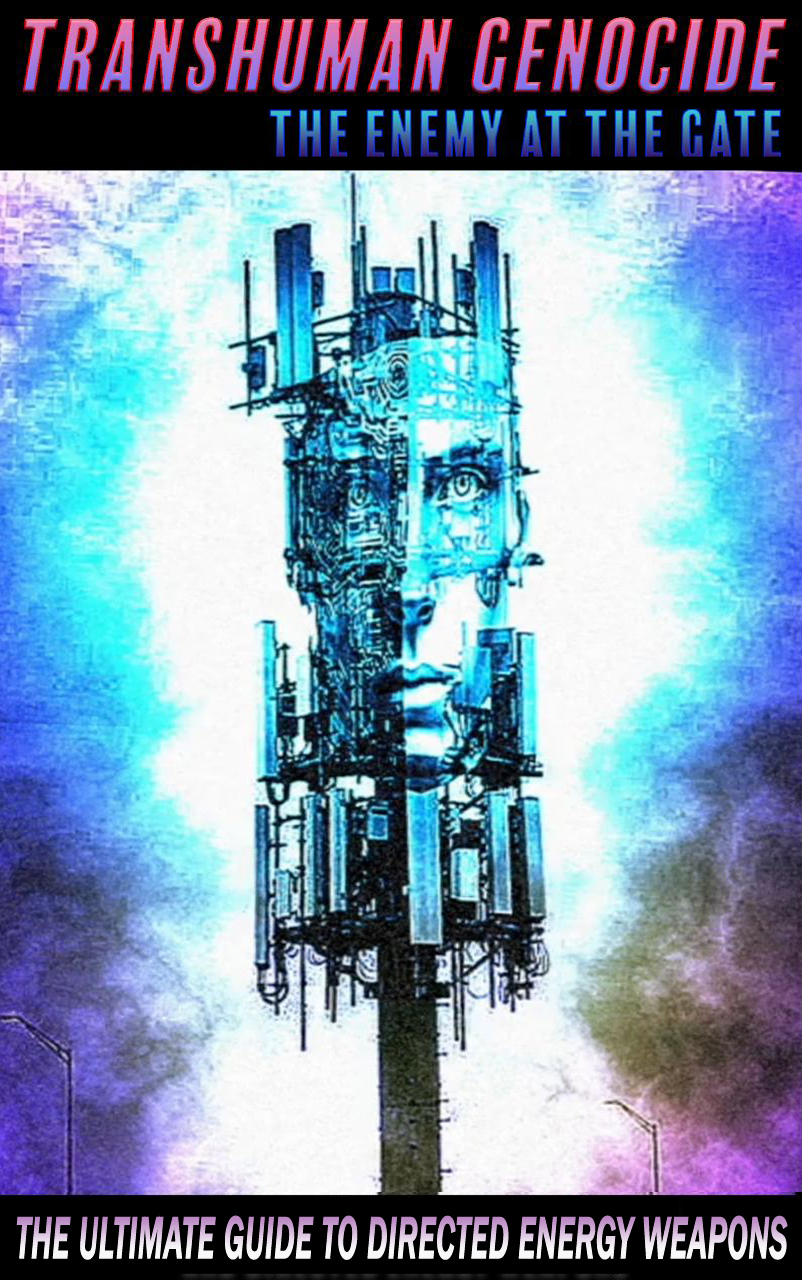Chinese scientists have achieved a milestone in directed-energy weapon systems by testing a compact high-power microwave gun capable of firing over 10,000 shots without performance degradation. The breakthrough is attributed to a vacuum encapsulation system that eliminates the need for external vacuum pumps. The weapon operates at 10-30 pulses per second, emits microwave beams exceeding hundreds of megawatts, and is powered by a three-gigawatt pulsed current. The system’s manufacturing advances allow it to maintain high vacuum levels for 100 hours during static testing. This achievement could significantly impact modern warfare dynamics by providing a cost-effective counter to conventional systems. China is also developing solid-state HPM weapons using GaN semiconductors, alongside the vacuum-based system, to gain an advantage in the international competition for directed-energy weapon supremacy.

The U.S. Navy conducted a successful test of its HELIOS laser weapon system against a threat-representative cruise missile in late 2024 with the USS Preble (DDG 88). The test aimed to inform other directed energy efforts within the Navy. The Center for Countermeasures (CCM) supported the test by collecting imagery for system performance evaluation. The HELIOS weapon test is part of the U.S. Navy’s laser weapons development, including the HELCAP project seeking to deliver a 300+ kilowatt laser platform. The HELCAP effort will inform decisions for the U.S. Navy’s Laser Weapon Testbed (LWT). The U.S. Navy has installed Aegis software on several ships capable of operating the HELIOS system, with ongoing testing planned on USS Preble in 2025.
The World Economic Forum highlights the top energy technology trends of 2025, emphasizing the global focus on security, cost, and jobs driving energy technology choices and investments. China, Europe, and the US lead in clean energy investments, with a strong commitment to decarbonization and emissions reductions. China’s investments in renewables, energy storage, and nuclear power position it as a key player in next-generation energy technologies. India has also made significant strides, surpassing renewable energy goals and excelling in energy transition investments. The impact of AI on data center electricity consumption is noted, with an expected increase in global energy investment to $2.2 trillion in 2025.
DARPA has developed laser technology to wirelessly power equipment, transmitting over 800 watts of power across 5.3 miles. The system, named PRAD, uses photovoltaic cells to convert the laser energy into electricity, opening up possibilities for military applications such as unmanned aerial vehicles. Challenges lie in the current conversion efficiency of 20%, but DARPA aims to enhance this and establish a comprehensive wireless energy distribution network. The technology’s implications extend to civilian energy distribution and environmental conservation efforts.
The convergence of advanced weapon systems, energy technologies, and AI-driven data centers unveils a complex web of control and influence. The intent behind these developments becomes clear when we connect the dots. The means of power and dominance are not merely theoretical; they are actively being pursued and refined, with strategic implications for global dynamics. The opportunity to reshape the world order, to dictate terms through technological supremacy, is within reach of those driving this agenda.
As we peer into the future, a stark reality emerges. The fusion of cutting-edge weaponry, energy control mechanisms, and AI-driven surveillance heralds a new era where power is not wielded through brute force alone but through the manipulation of the very fabric of society. The stakes are high, and the trajectory is clear. The question that remains is whether we, as a species, will allow ourselves to be mere pawns in this grand design or rise to challenge the forces that seek to mold our future without our consent.

